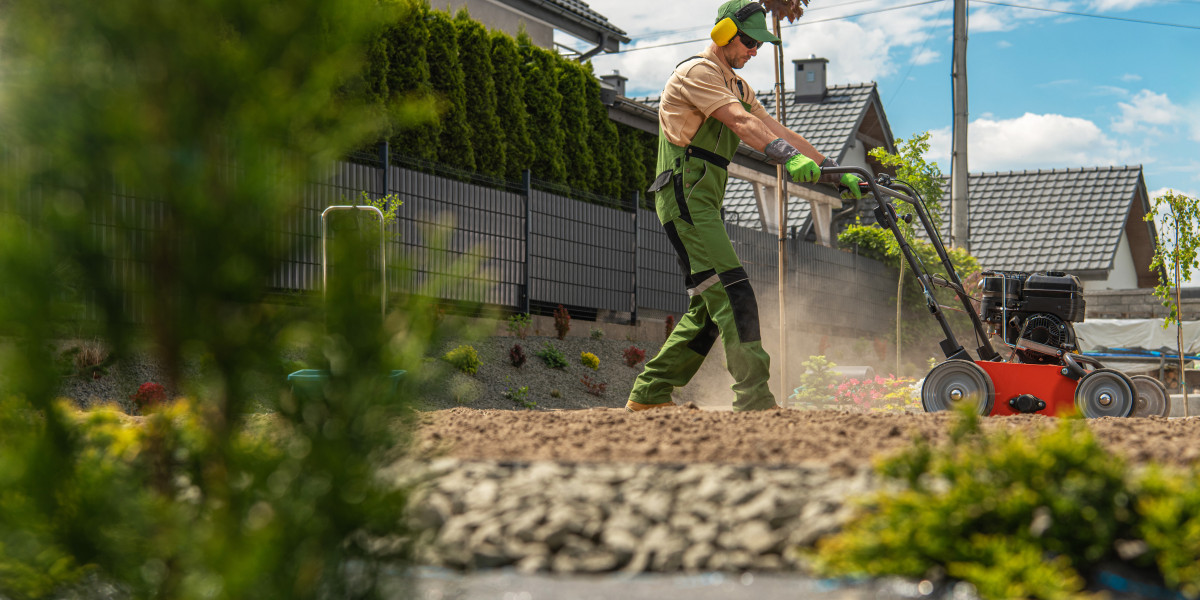1.Spring: The Busy Season for Landscaping Costs
Spring is one of the most popular times for landscaping projects. As the weather warms up and plants begin to bloom, homeowners are eager to revitalize their outdoor spaces. However, this high demand can lead to increased landscaping costs for several reasons:
Higher Demand: Landscaping companies often experience a surge in demand during spring, which can lead to higher prices for both labor and materials. Booking services early can help you avoid premium costs associated with peak season.
Material Availability: Spring is a time when many landscaping materials, such as plants and mulch, are in high demand. Limited availability can drive up prices. To manage costs, consider ordering materials in advance or exploring alternatives.
Labor Costs: With many homeowners scheduling projects during spring, landscaping companies may raise their rates to accommodate the increased workload. Planning your project for the early part of the spring season can help you secure better rates.
2. Summer: The Peak of Landscaping Activity
Summer is another busy season for landscaping, particularly for projects involving outdoor living spaces, such as patios and decks. While this time of year offers optimal weather for landscaping, it also comes with its own set of cost considerations:
Labor Costs: Due to the high demand, labor costs may remain elevated throughout the summer. Additionally, landscaping companies may have to work around weather conditions, which can impact the timeline and overall cost of your project.
Water Usage: In the summer, the need for irrigation increases as plants require more water to thrive. This can lead to higher water bills and additional costs for installing or maintaining irrigation systems.
Maintenance Costs: Keeping your landscape in top condition during the summer may require more frequent maintenance, including mowing, pruning, and pest control. Budget for ongoing maintenance to ensure your landscape remains healthy and vibrant.
3. Fall: A Season of Transition for Landscaping Costs
Fall is an excellent time for landscaping projects due to milder weather and lower demand. This transitional period offers several cost advantages:
Reduced Labor Costs: As the peak landscaping season winds down, labor costs typically decrease. Landscaping companies may offer discounts or promotions during the fall to attract customers.
Material Costs: Fall is a great time to purchase plants and materials as garden centers often have sales and clearance events. This can help you save on landscaping costs while still achieving your desired landscape design.
Preparation for Winter: Fall is the ideal time to prepare your landscape for winter. Investing in fall clean-up and winterization services can prevent more costly issues in the spring and ensure your landscape survives the colder months.
4. Winter: Planning and Preparation for Landscaping Costs
Winter may not be the most popular time for landscaping, but it presents unique opportunities and challenges:
Lower Labor Costs: With fewer landscaping projects taking place, labor costs are generally lower during winter. If you can plan and execute a project during the off-season, you may benefit from reduced rates.
Limited Planting Options: Winter is not an ideal time for planting due to cold temperatures and frozen ground. However, it is a great time for planning and designing landscaping projects. Use this time to consult with landscapers, finalize designs, and order materials for spring.
Maintenance Costs: While there may be fewer landscaping activities during winter, it's important to budget for winter maintenance, such as snow removal and protecting plants from frost. Make sure to budget for these expenses as they might add quickly.
5. Tips for Managing Landscaping Costs Throughout the Year
To effectively manage landscaping costs throughout the year, consider the following tips:
Plan Ahead: Plan your landscaping projects well in advance to take advantage of seasonal discounts and promotions. This will also give you time to research and compare quotes from different contractors.
Choose Off-Peak Times: Scheduling your landscaping projects during the shoulder seasons, such as early spring or late fall, can help you save on labor costs and avoid peak-season price hikes.
DIY vs. Professional Services: For smaller projects or maintenance tasks, consider doing it yourself to save on labor costs. However, for larger or more complex projects, hiring a professional landscaper may be more cost-effective in the long run.
Invest in Quality Materials: While it may be tempting to cut costs by opting for cheaper materials, investing in high-quality materials can save you money in the long term by
Regular Maintenance: Keeping up with regular maintenance can prevent costly repairs and replacements. Budget for ongoing maintenance services to ensure your landscape remains in good condition throughout the year.
Conclusion: Understanding how seasonal changes impact landscaping costs can help you make informed decisions and manage your budget effectively. By planning your projects around seasonal factors, taking advantage of off-peak rates, and investing in quality materials and maintenance, you can achieve a beautiful and cost-effective landscape. Whether you're considering a major renovation or simply looking to maintain your current outdoor space, being aware of these seasonal cost considerations will ensure you get the most value for your investment.
Also Read:Landscapers Guelph's Guide to Colorful Year-Round Gardens








